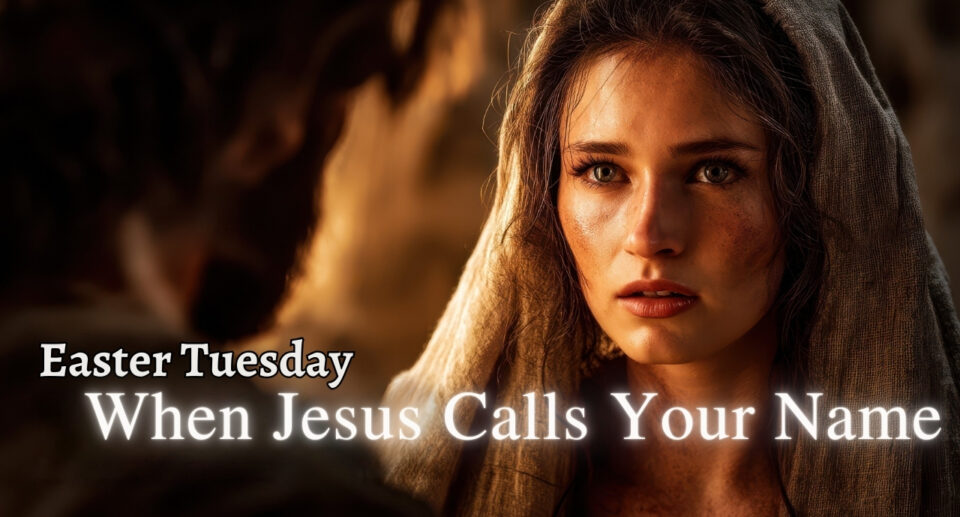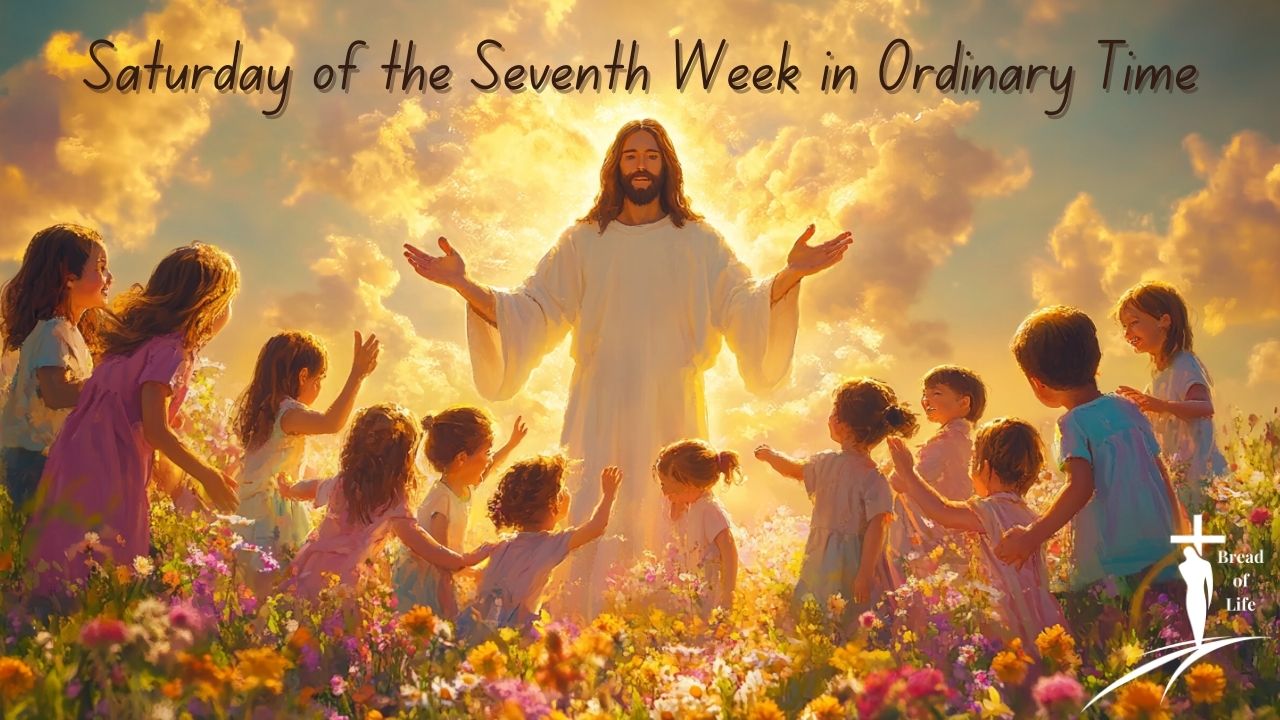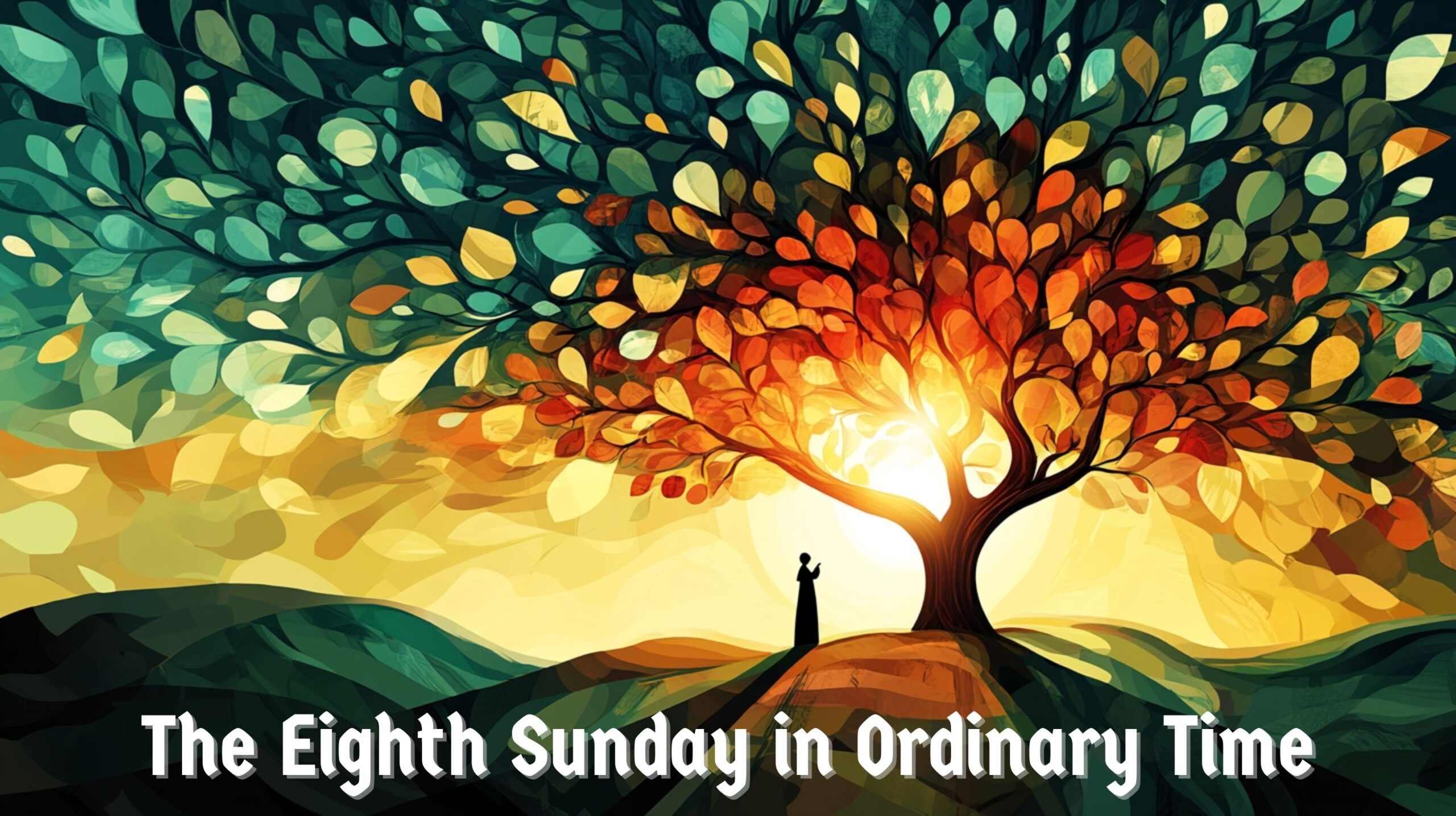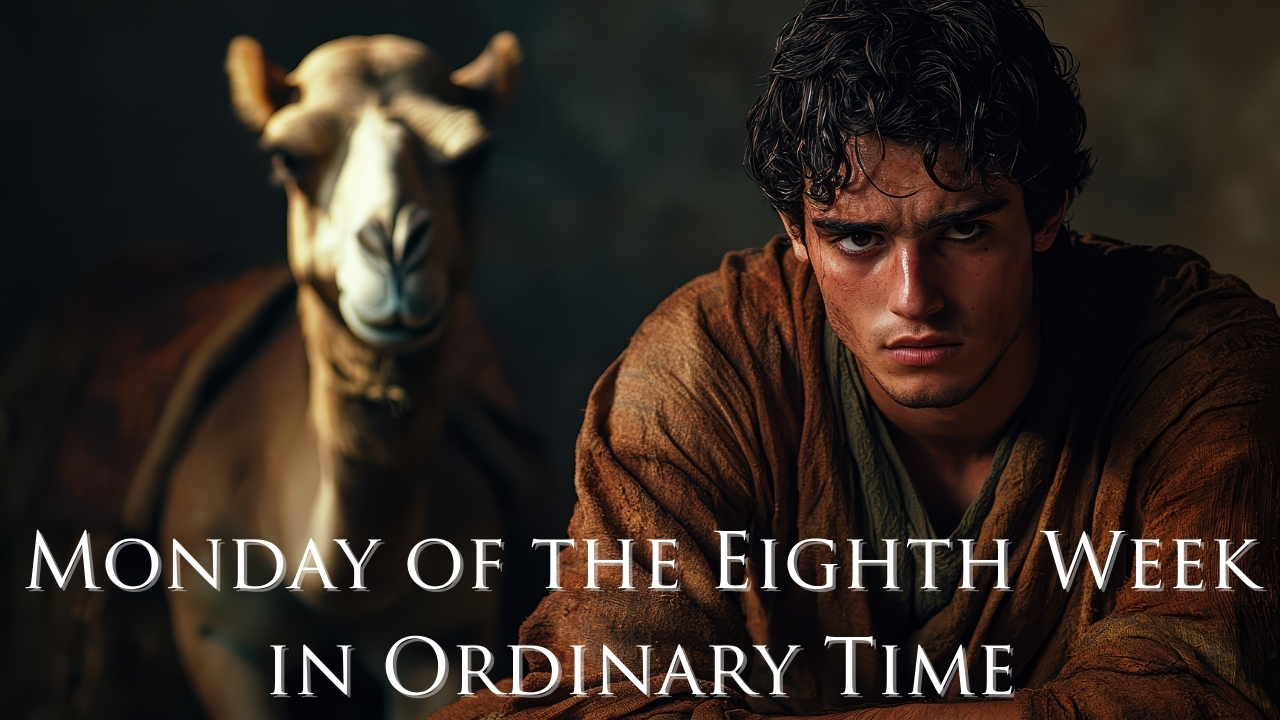The Empty Tomb: A Tale of Two Stories | Daily Readings | Easter Monday | April 21, 2025
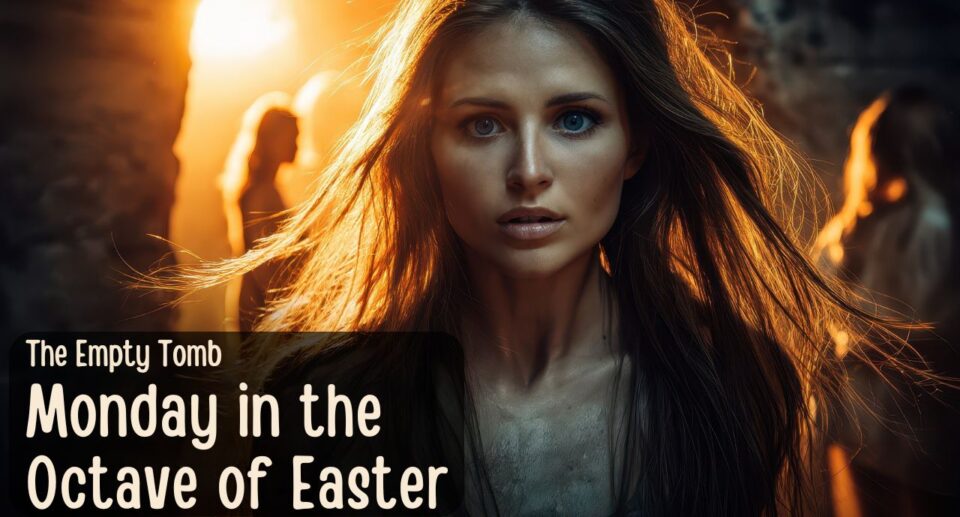
Touch his feet. Feel the warmth. Solid flesh beneath trembling fingers. Hear the clink of silver. Count the coins. Blood money pooling in greedy palms.
Two responses to one empty tomb.
Through this reflection, you’ll discover:
- Why physical touch was crucial for the first witnesses
- How Peter’s transformation provides compelling evidence for resurrection
- What competing narratives reveal about resistance to resurrection
- How choosing which story to believe changes everything
Readings covered: Acts 2:14, 22-33; Psalm 16; Matthew 28:8-15
#EasterOctave #ResurrectionEvidence #EmptyTomb #EasterMonday
The Empty Tomb: A Tale of Two Stories
Touch his feet. Feel the warmth. Solid flesh beneath trembling fingers. Hear the clink of silver. Count the coins. Blood money pooling in greedy palms.
Two responses to one empty tomb.
The women fall in worship, clutching tangible proof of the impossible. The guards accept payment to spread convenient lies.
Which story will you believe?
Matthew’s Gospel doesn’t leave us in suspense about what happened that first Easter morning. The tomb was empty. On this fact, everyone agreed—both those who proclaimed resurrection and those who denied it. The controversy wasn’t about whether Jesus’ body remained in the grave, but why it didn’t.
Consider the women. They came expecting finality but found new beginning. Their grief had barely taken root when joy yanked it up by the stem. “Fear and great joy” coursed through them as they ran—an emotional earthquake reshaping their internal landscape with each step.
Then Jesus himself stands before them. Their response? They grasp his feet in worship.
Not symbolic gesture. Not spiritual metaphor. Physical touch confirming physical presence. The crucified one stands before them, death defeated, life restored.
Meanwhile, in Jerusalem’s corridors of power, a different scene unfolds. Guards report the empty tomb to priests who scramble to control the narrative. Silver changes hands. A story is crafted: “His disciples came during the night and stole him while we were asleep.”
Even in their denial, the authorities confirm the central fact—the tomb contains no body. Their explanation requires belief in remarkable coincidences: guards simultaneously falling asleep (punishable by death under Roman law), disciples silently rolling a massive stone, and removing a corpse without disturbing grave clothes or alerting sleeping soldiers.
Which seems more plausible: coordinated incompetence allowing theft, or resurrection?
For Peter, who stands before the Jerusalem crowd in our reading from Acts, the answer is clear. This once-fearful fisherman now boldly declares: “God raised this Jesus to life, and we are all witnesses of it.”
His transformation alone offers compelling evidence. The man who denied knowing Jesus during his trial now risks everything to proclaim him. What explains such dramatic change if not actual encounters with the risen Christ?
Our psalm captures the bedrock confidence fueling Peter’s courage: “My heart is glad and my soul rejoices; my body also rests secure… You will not abandon my soul to the grave, nor let your faithful one see decay.”
This isn’t wishful thinking but experienced reality—death defeated, corruption reversed, grave emptied.
So what?
If Jesus rose bodily from death, everything changes. Everything.
The ultimate power of oppression—death itself—has been broken. The final human certainty—the grave—has been disrupted. The cosmic patterns we thought immutable have been rewired.
No wonder authorities rushed to create alternative explanations. Resurrection doesn’t just challenge death; it challenges every system built on death’s permanence. It threatens every power structure that uses death’s inevitability to maintain control.
The women grasped Jesus’ feet and worshiped. Their physical touch connected them to resurrection’s physical reality. Peter proclaimed this reality with unshakable conviction, transformed from denier to witness by encounters with the risen One.
What about us?
We stand before the same empty tomb. We hear the same competing stories. Will we believe the account that preserves comfortable certainties where death still reigns? Or will we embrace the testimony that changes everything?
Ultimately, it’s not about intellectual assent to historical claims. It’s about which story we live.
Do we organize our priorities, fears, and decisions around death’s permanence? Or do we live as if love truly is stronger than the grave?
The women were running to tell others when Jesus met them. Their willingness to move toward faith, despite confusion, opened them to divine encounter. Peter’s boldness flowed from repeated meetings with the risen Christ, each one deepening his conviction.
Today, the risen Jesus still appears on unexpected pathways. Still invites our recognition. Still offers his wounded yet glorified body as evidence that death’s defeat is not spiritual metaphor but physical reality.
The empty tomb still stands at history’s crossroads. The witnesses still testify through Scripture and the Church’s unbroken memory. The deniers still offer alternative explanations that require less of us.
Which story will you believe? Which account will you embody? Which testimony will shape your living and your dying?
Christ is risen. Not symbolically, but bodily. Not spiritually, but physically. Not metaphorically, but actually.
And that changes everything.


